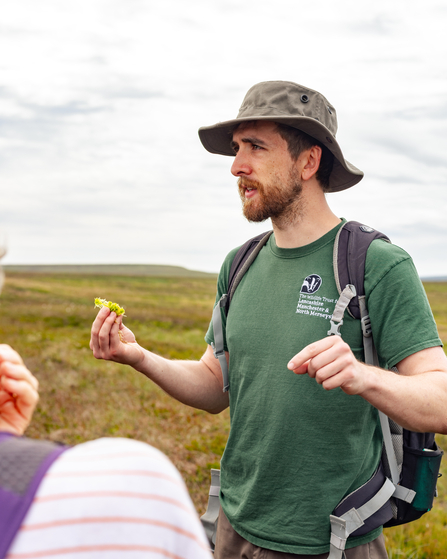When you design a site for restoration, no matter how thorough you are, a small part of you is worried that you’ve missed something. That something might go wrong. That after all this time and effort, the plan you’ve made might not work. The dams you’ve put in to hold water break, or have no water behind them. Or a wildfire burns through the site damaging all the hard work you have done.
Thankfully this is not often the case. Things work. And sometimes things work even better than you could have hoped. That was the case with the recent restoration Lancashire Wildlife Trust has completed on Darwen Moor.
Historically, like most of our upland blanket bog habitats, Darwen Moor was drained to allow for ‘better’ sheep grazing conditions. Overtime, the drains got larger, some of them becoming over 10m wide and 4m deep, grazing pressure continued, and in combination with a series of wildfires, devastated the sensitive peatlands.







